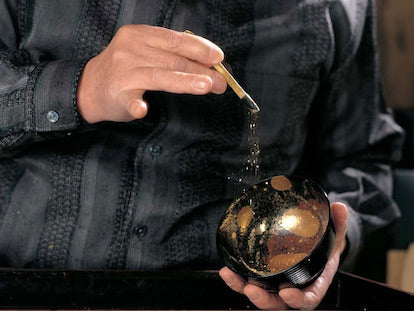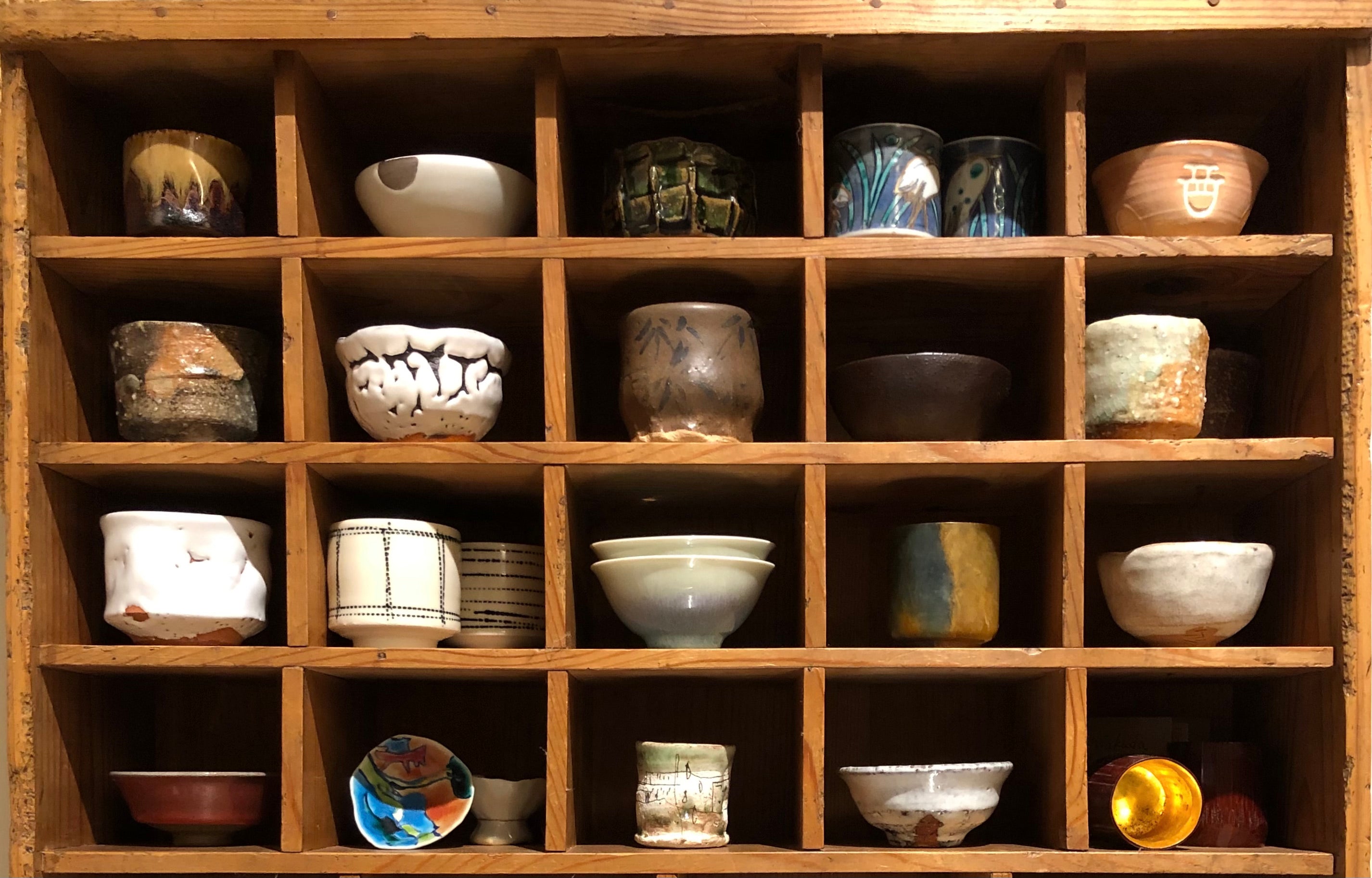Throughout Japan, woodworkers produce beautiful lacquerware pieces, which include some of the most prized utilitarian and decorative objects coveted by the Japanese people. The Japanese are known for their carving and lacquer work, which is exceptional, and is one of the most worldwide collectible art objects from Japan.

Deep and shiny luster of black or red, sometimes adorned with a gold leaf (Maki-e), or mother-of-pearl inlay, (Raden), the association of lacquer with decorative elements typical of Japanese art. Urushi lacquer had been applied to many important things from the past, such as religious and ceremonial objects, traditional wedding ritual pieces, tea ceremony presentation, and sweet meat boxes, (Kashibako), tea caddies, Buddha, Inro, (multi-layered, small storage objects which hang off the Obi),Suzuribako, (writing boxes), jewelry, armor goods, furniture, wooden structures, and ceilings and floors of temples and shrines. Urushi is ideally suited to such items, producing lightweight, watertight, and of course beautiful tableware, which are used by all levels of Japanese society for throughout Japan.
The fascination of Japanese lacquerware artists for the themes offered by nature (fauna, flora, natural sites, seasons, stars), is equalled only by their talent to magnify them in a poetic, pure, and incredibly refined style.

Japanese government recognizes and designates the most important Japanese cultural properties for those tangible, as “National Treasures” or “Important Cultural Properties” and those intangible, as “Important Intangible Cultural Properties”. They are the highest regarded historical assets that Japan possesses.




